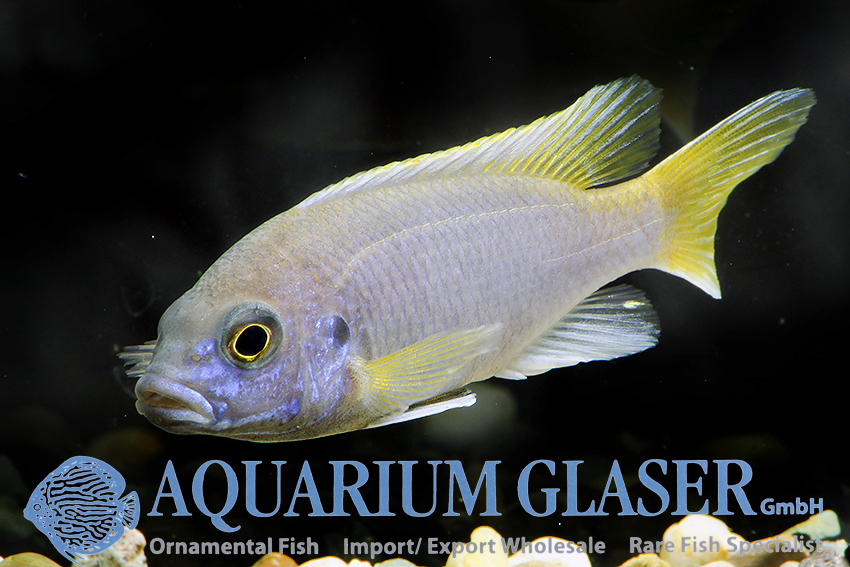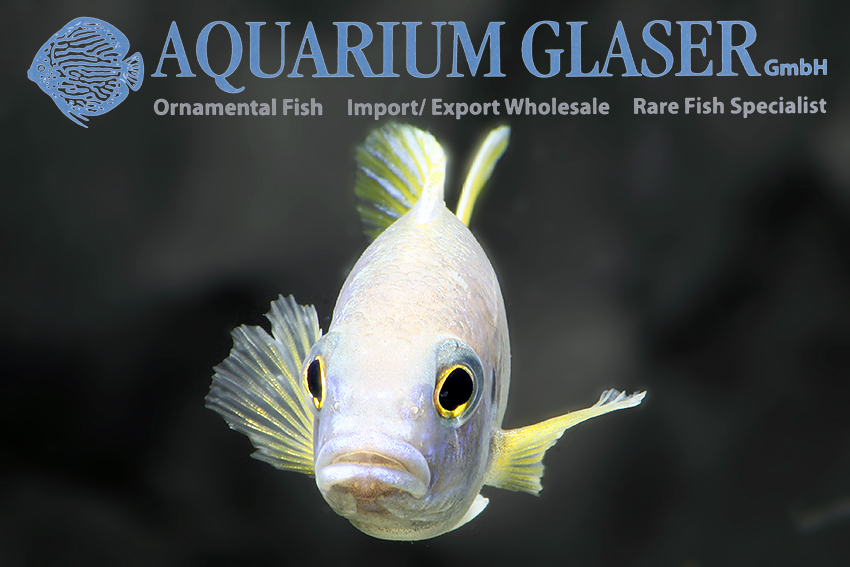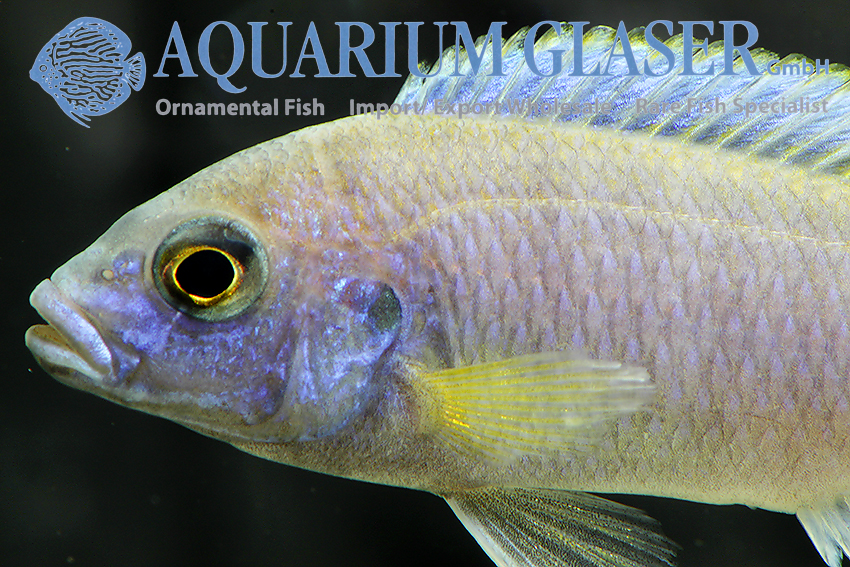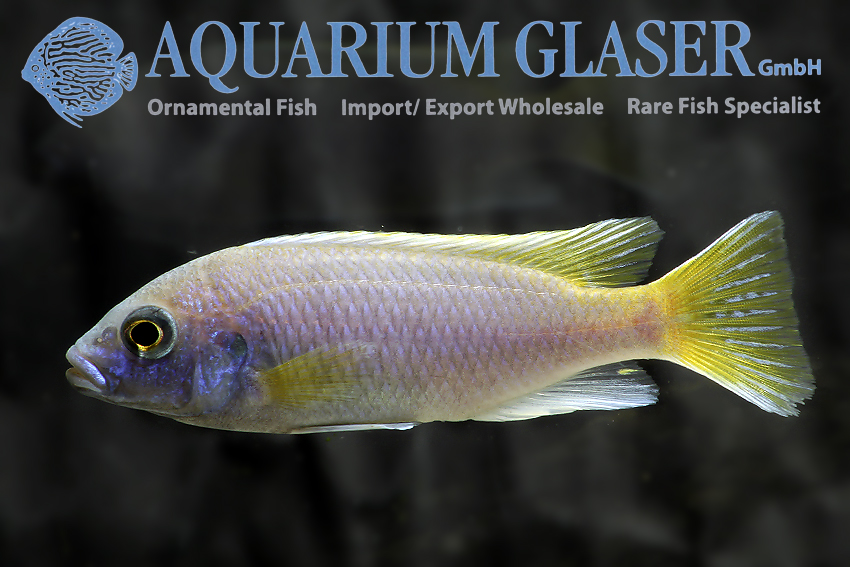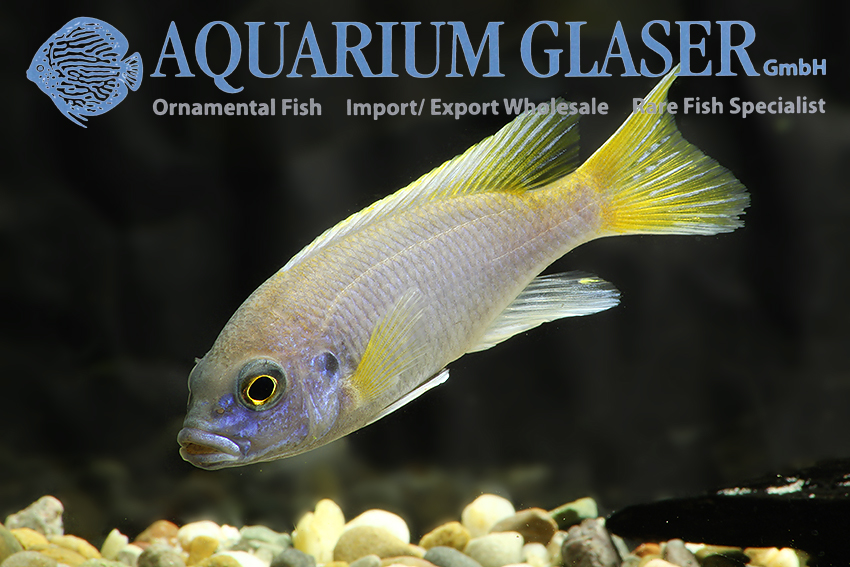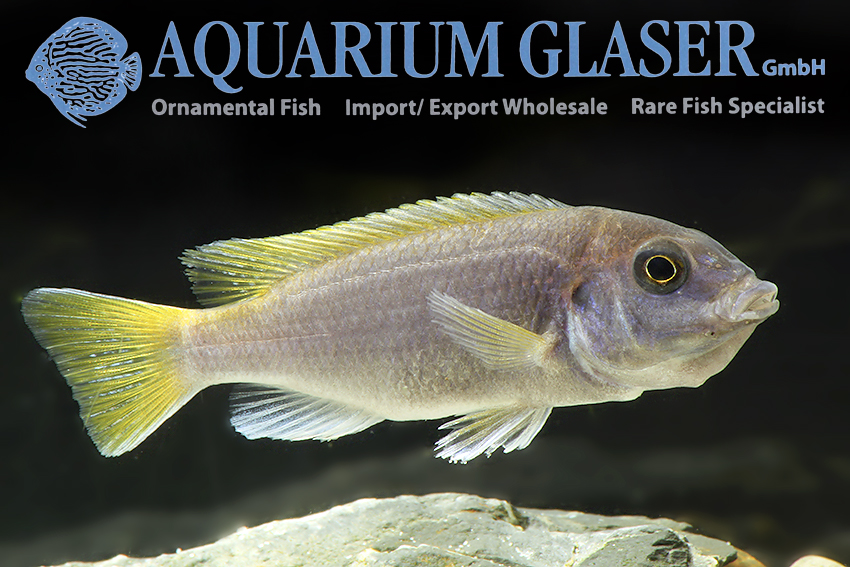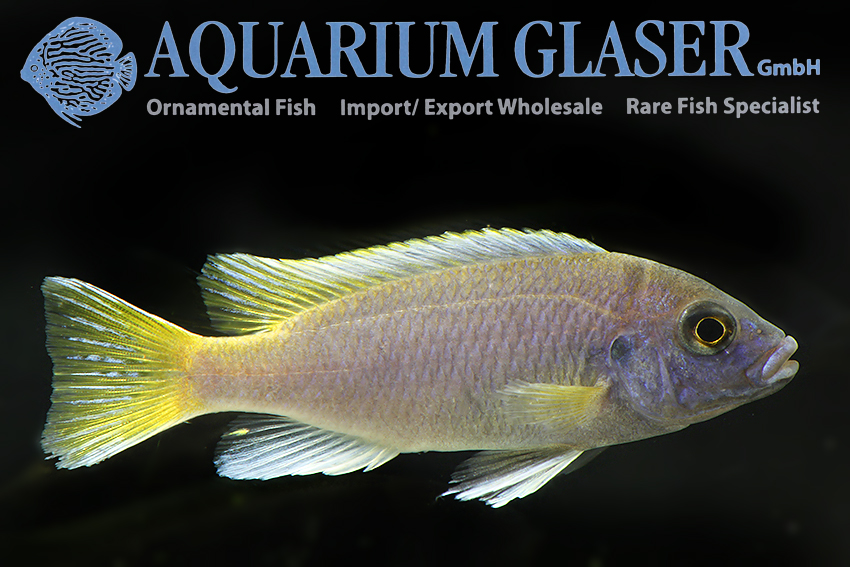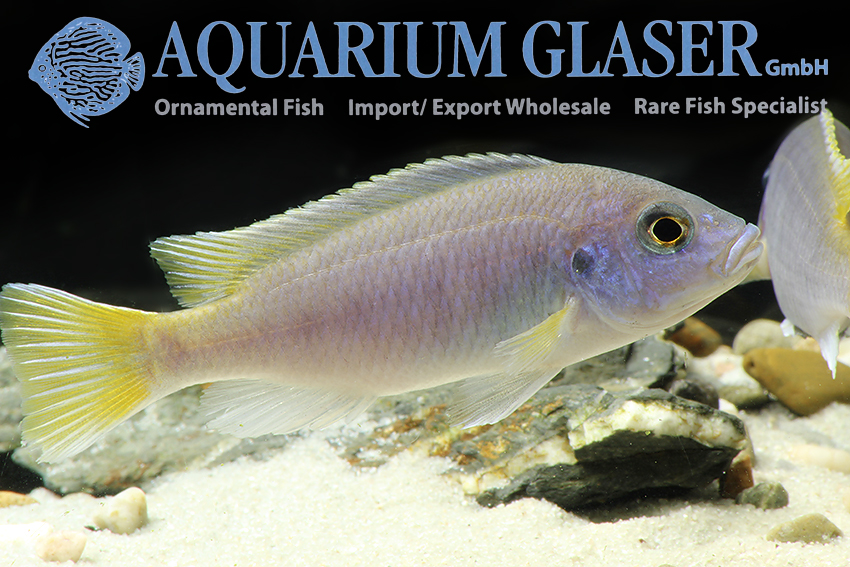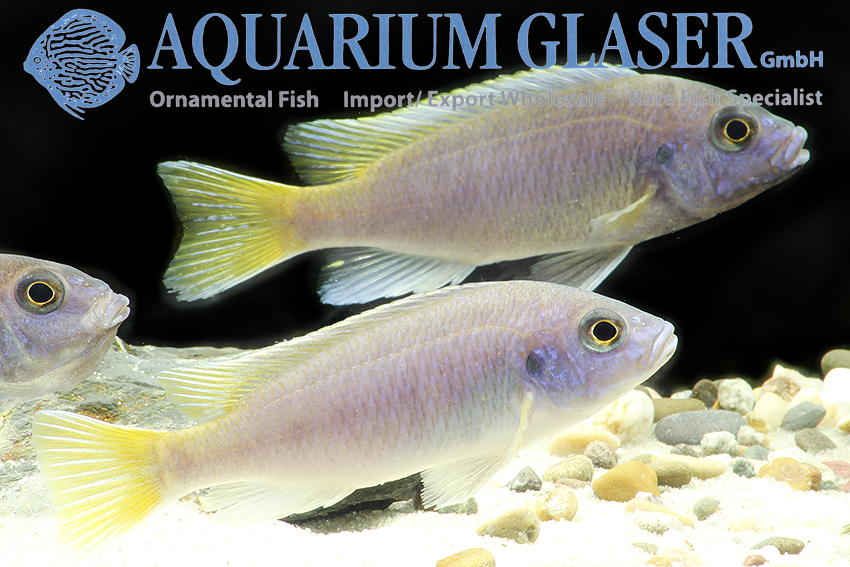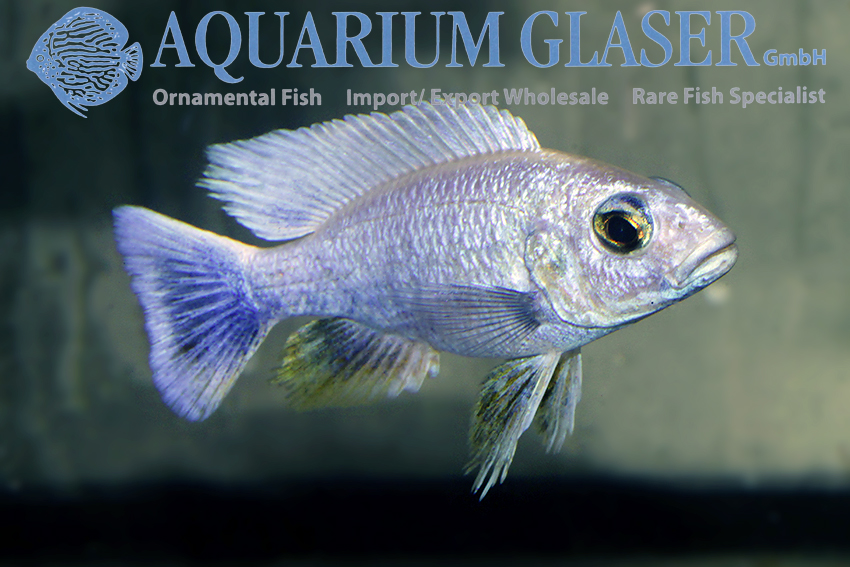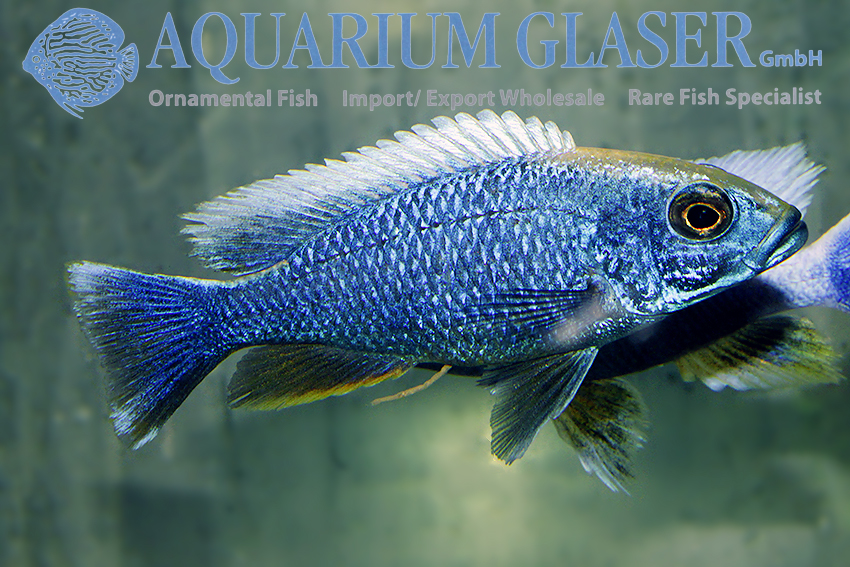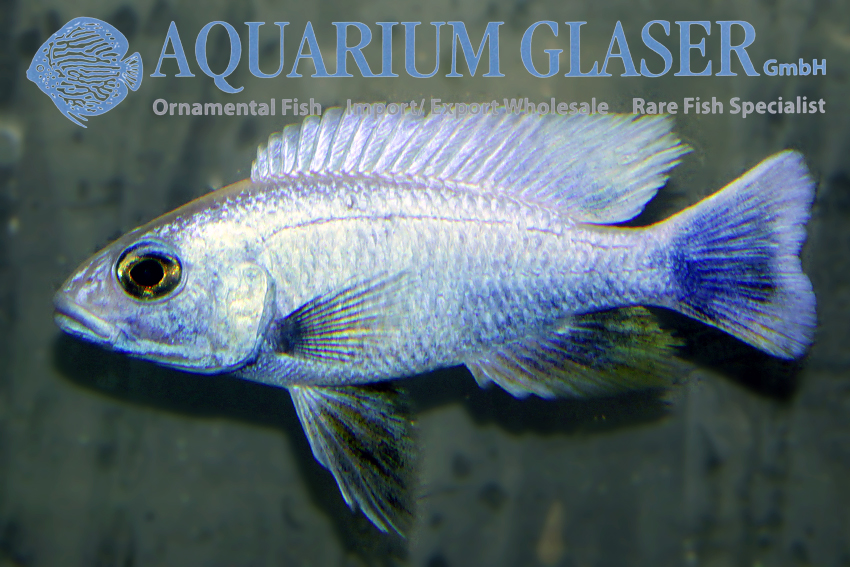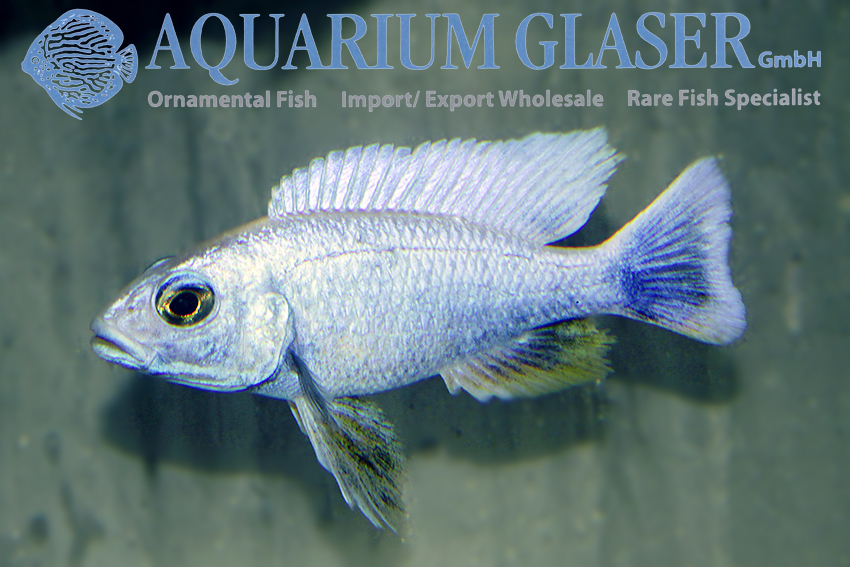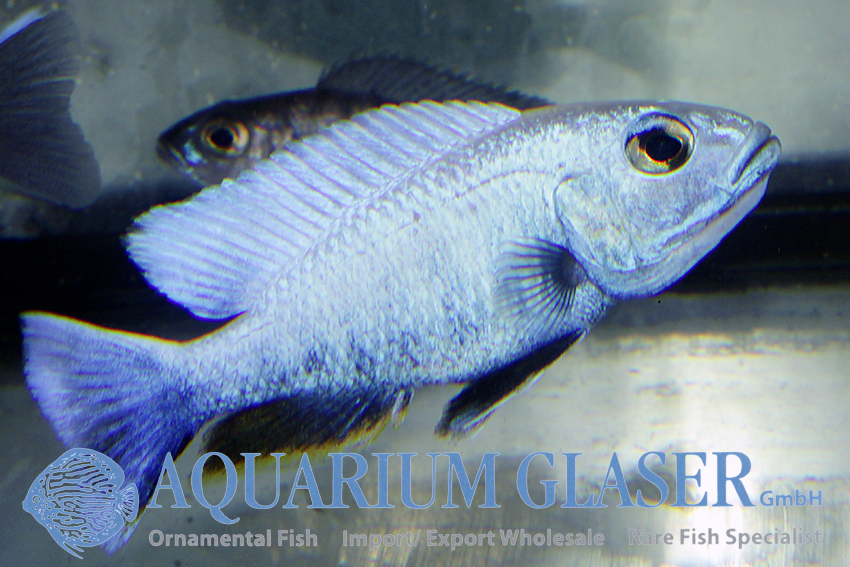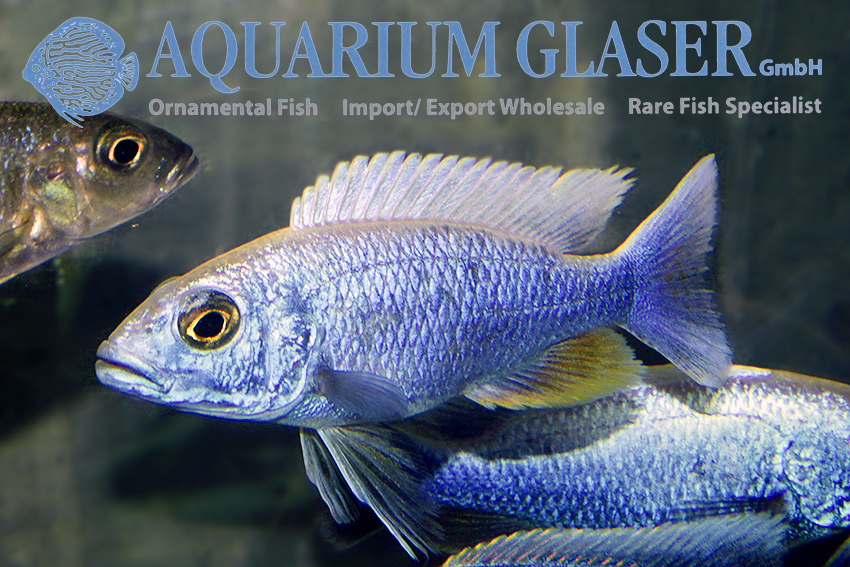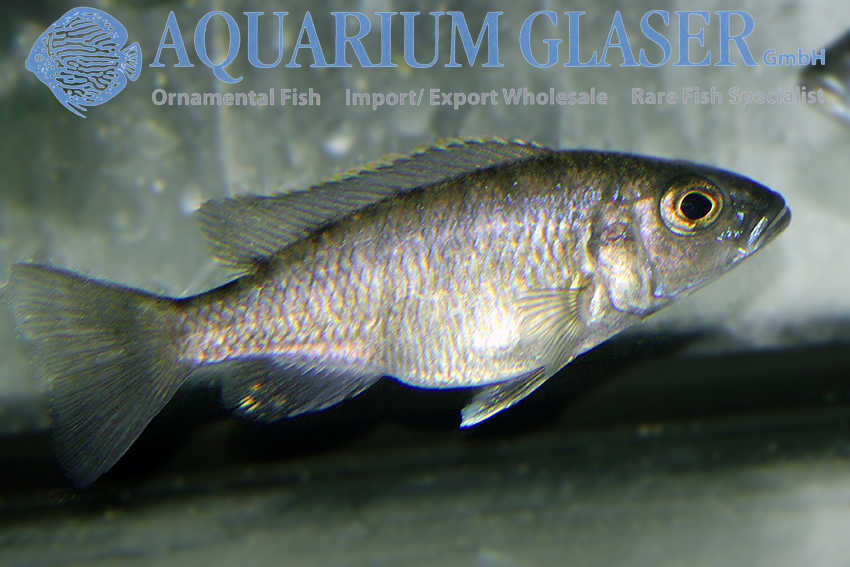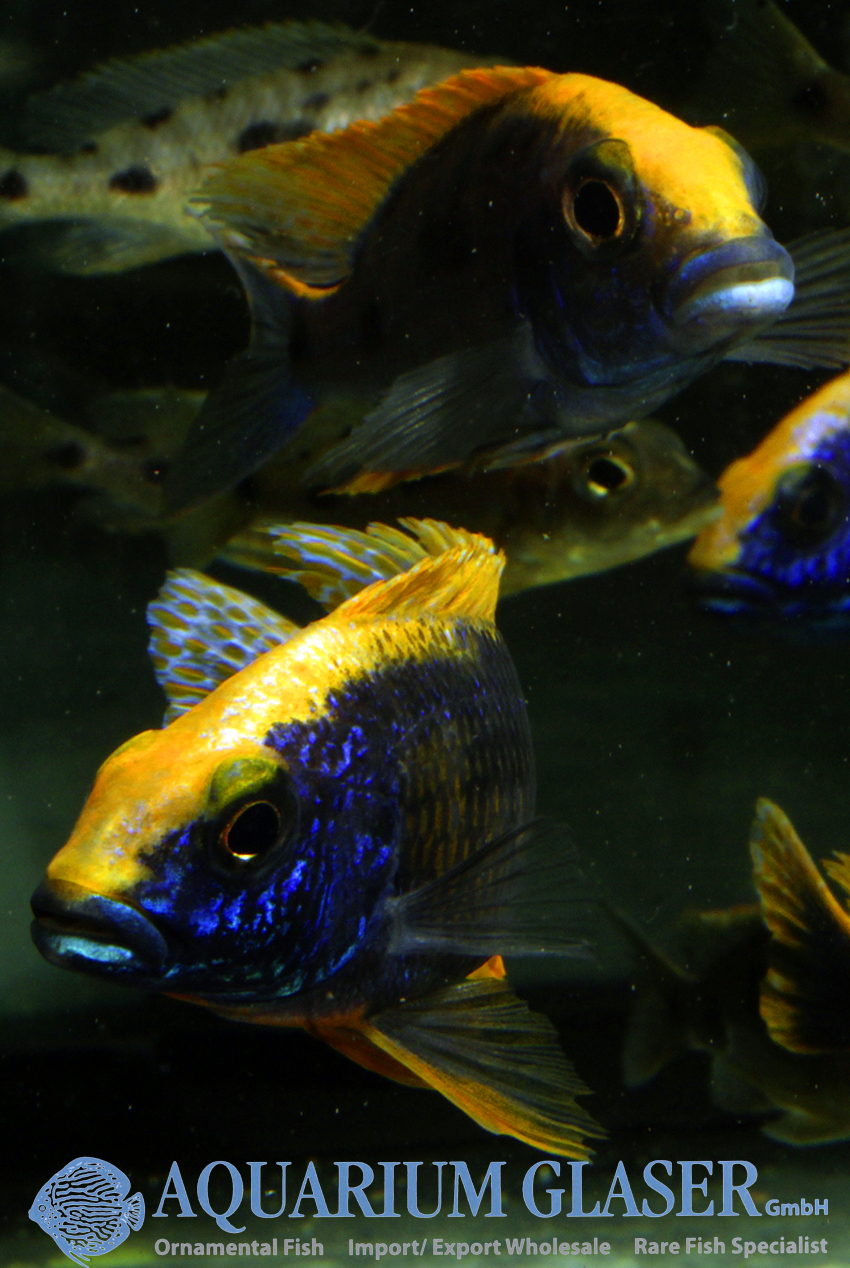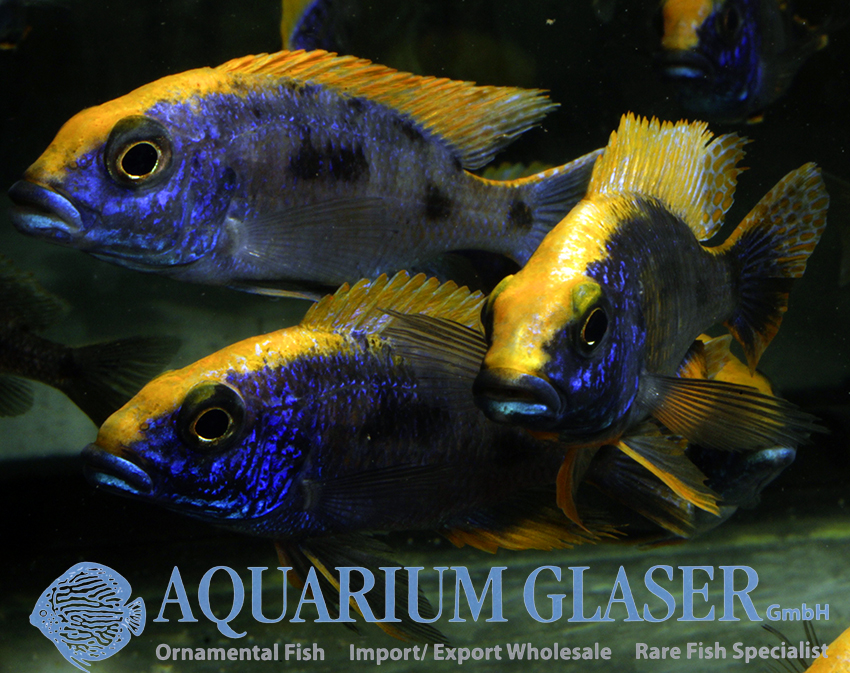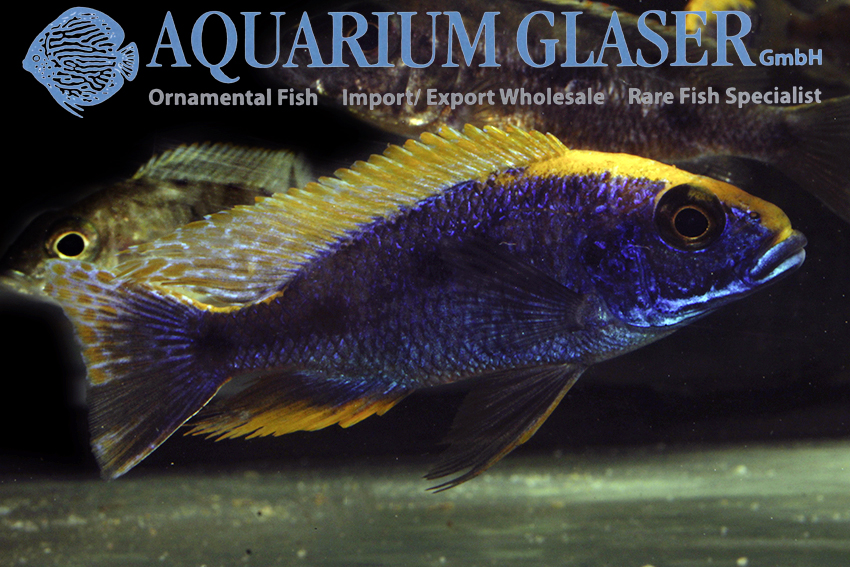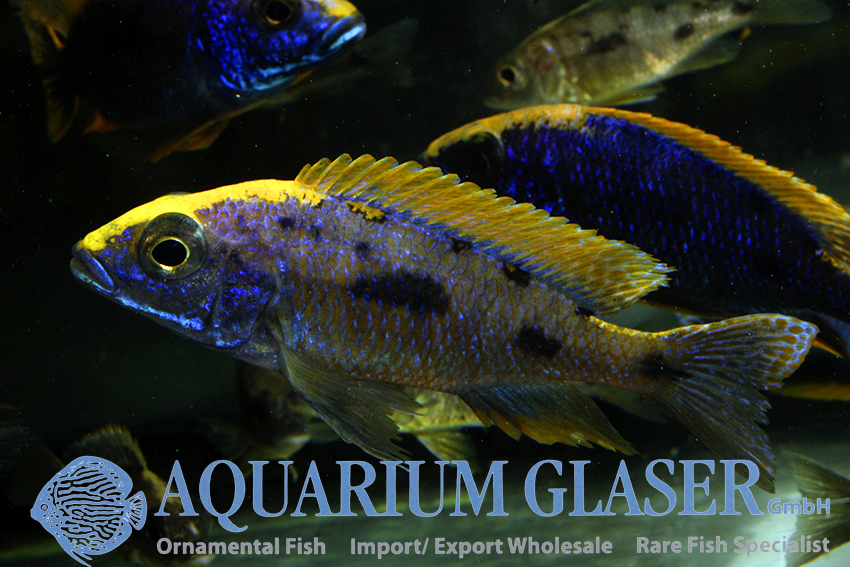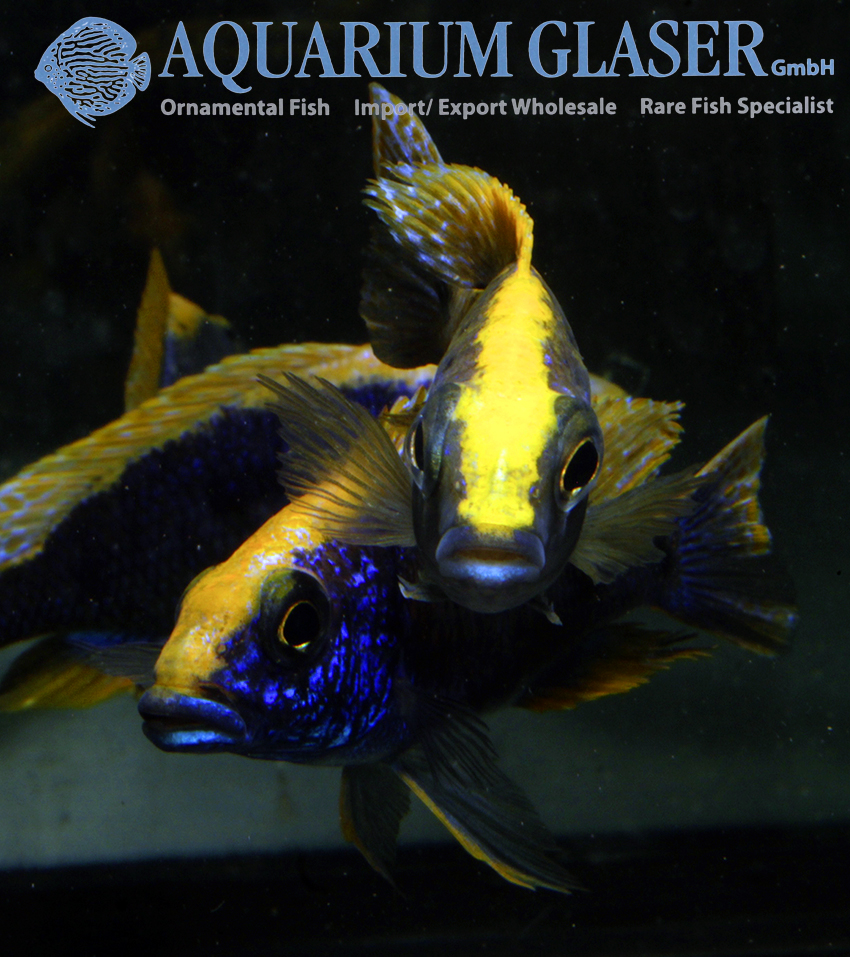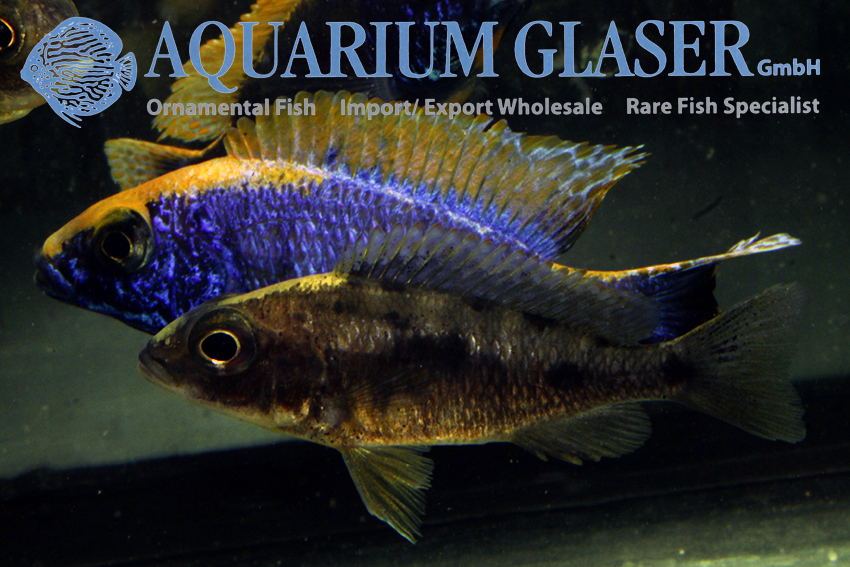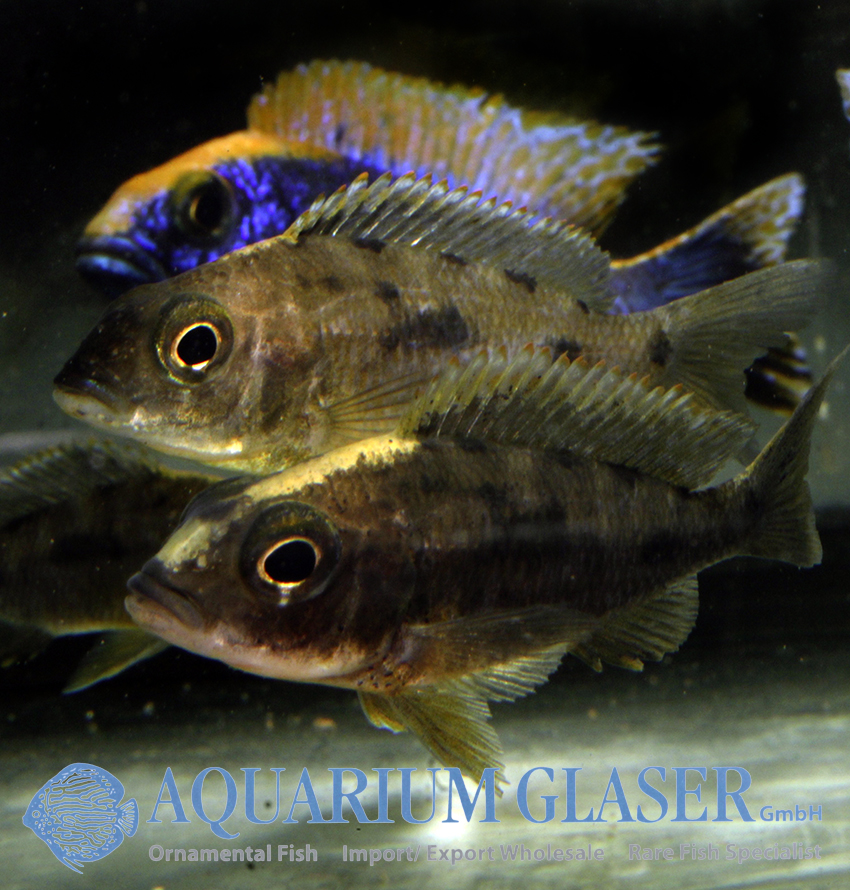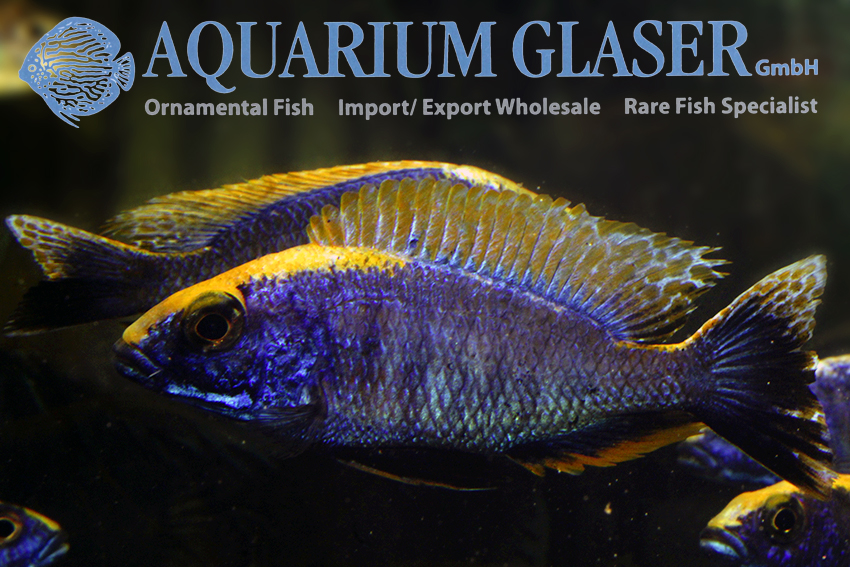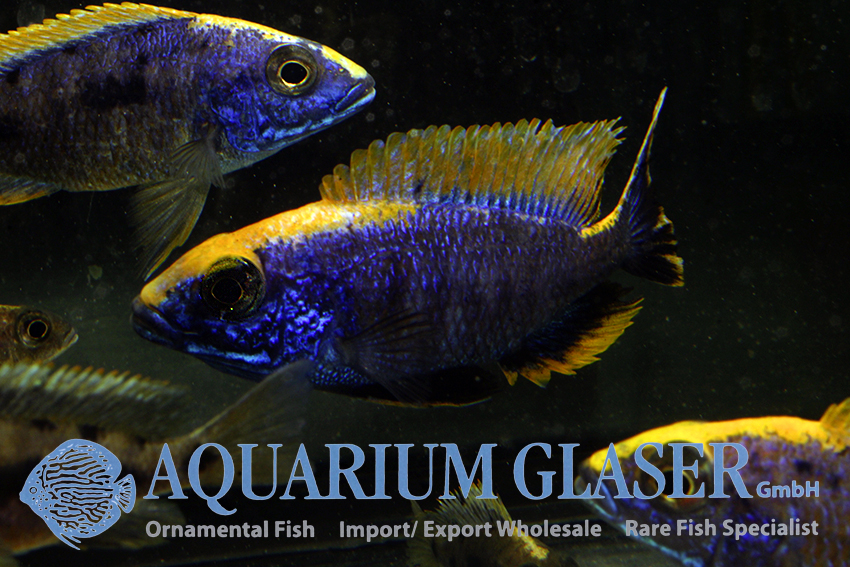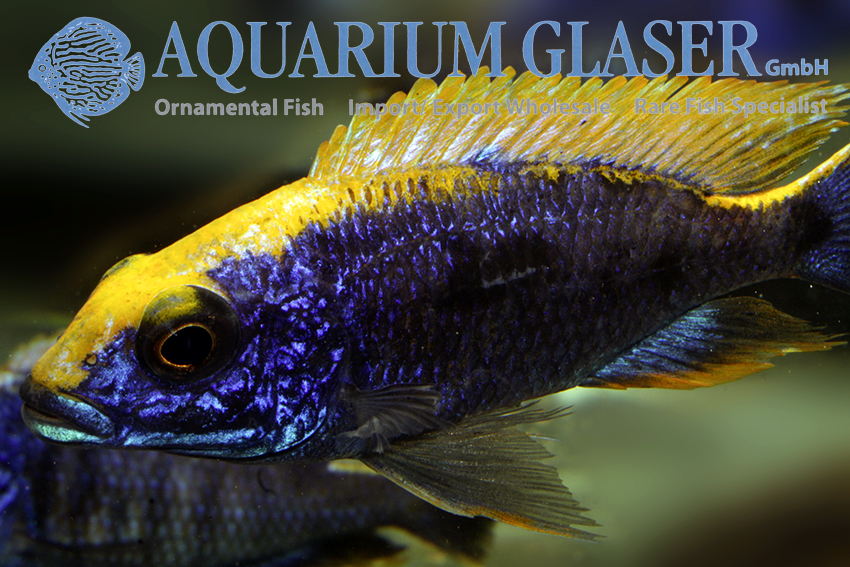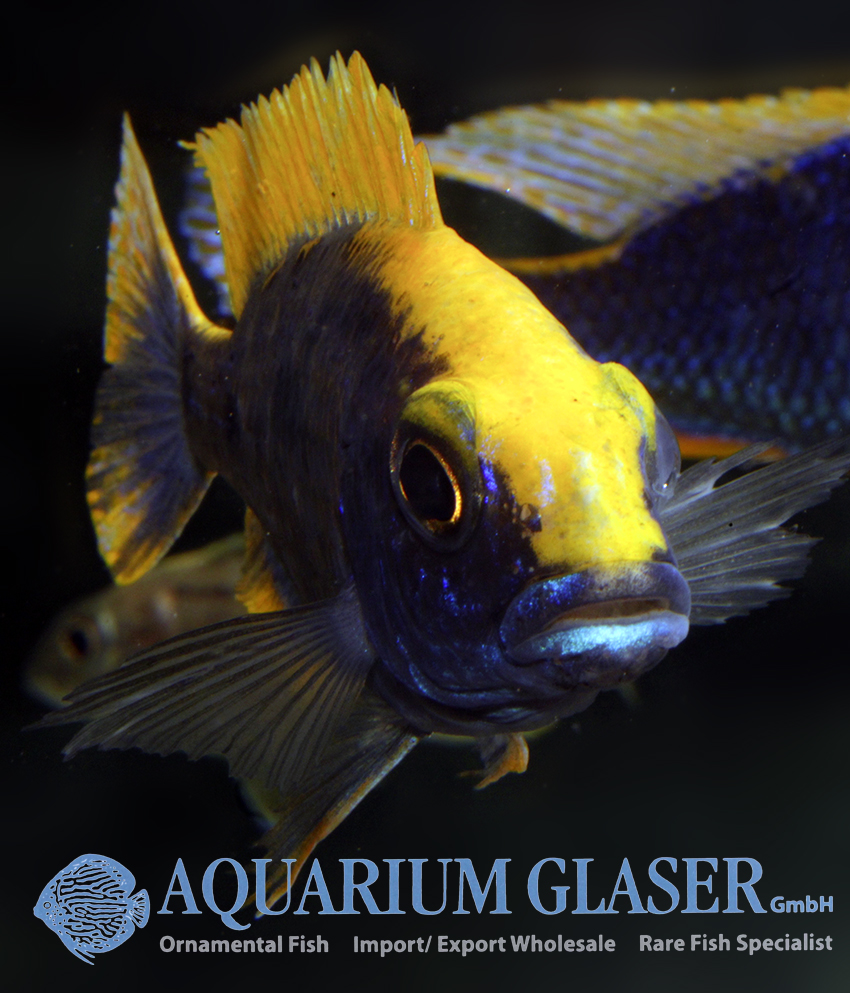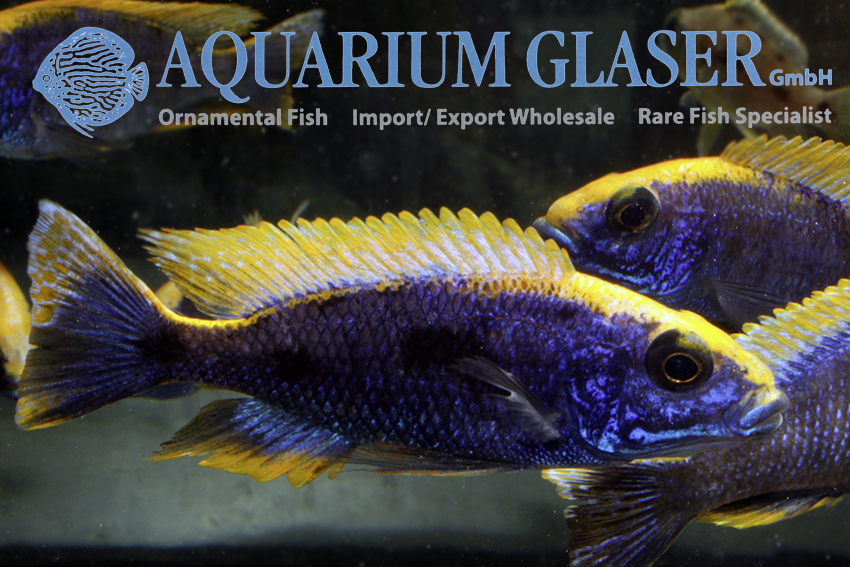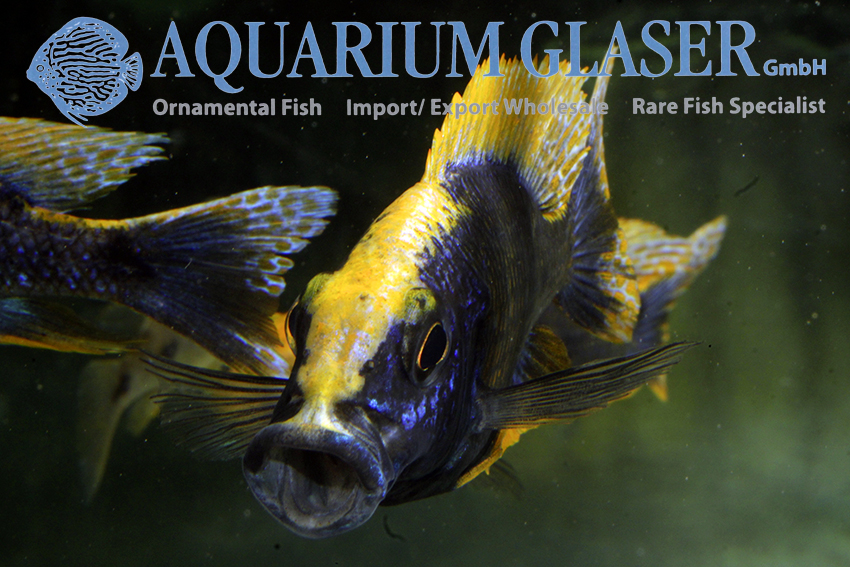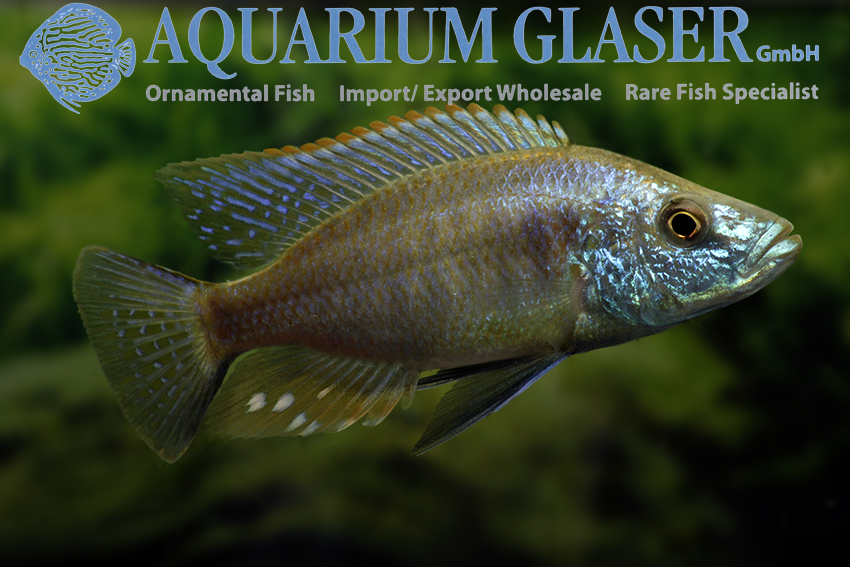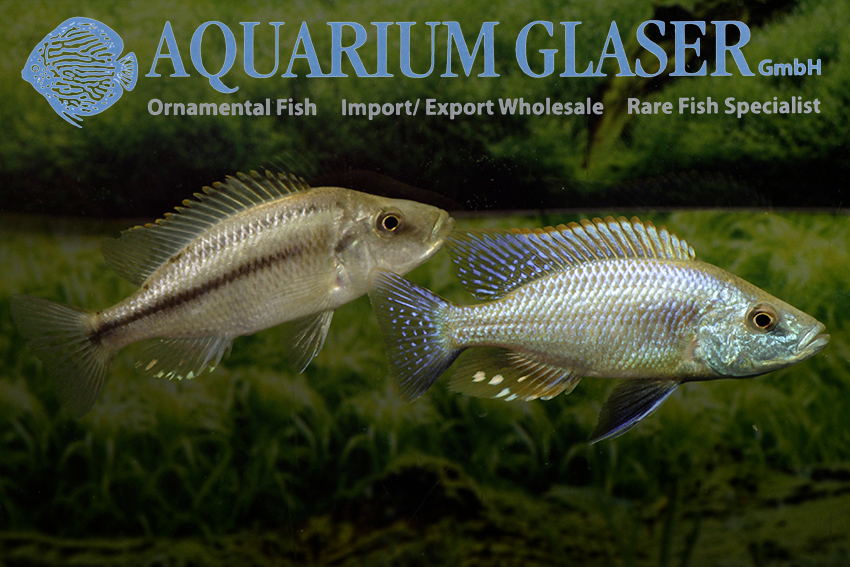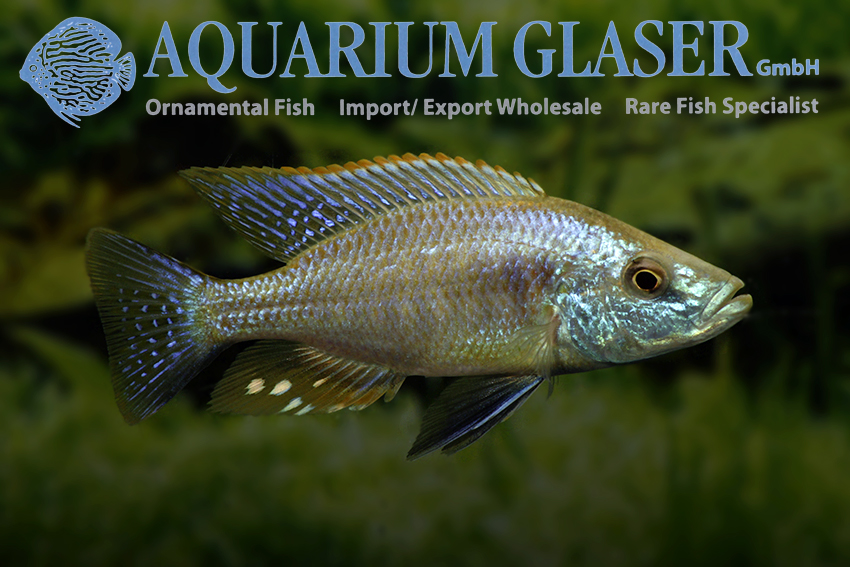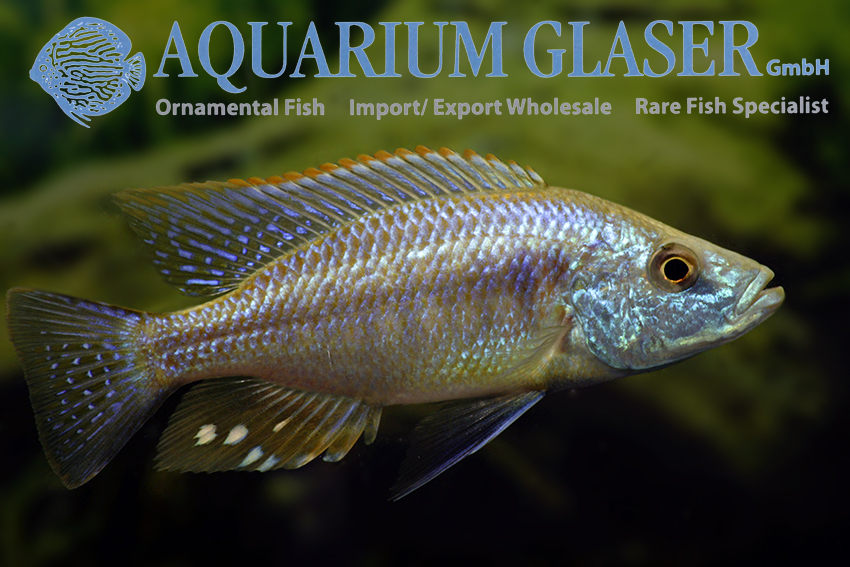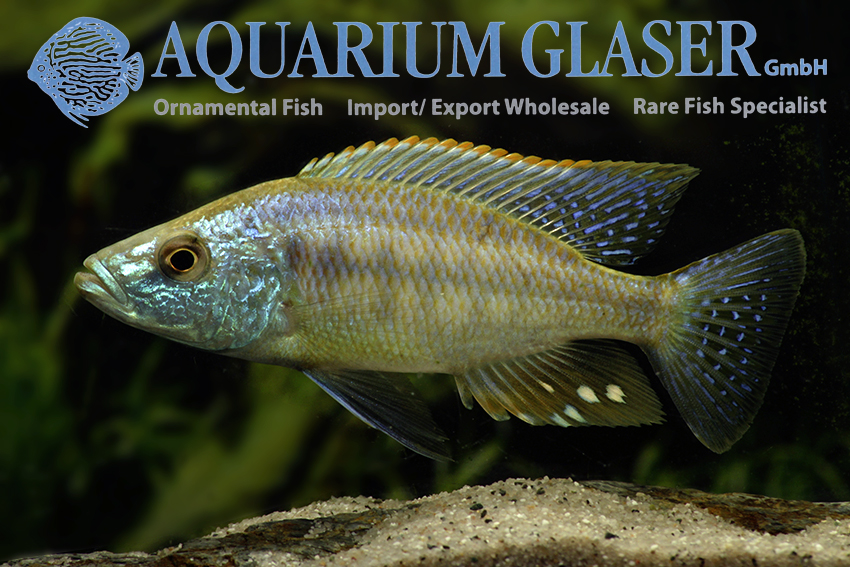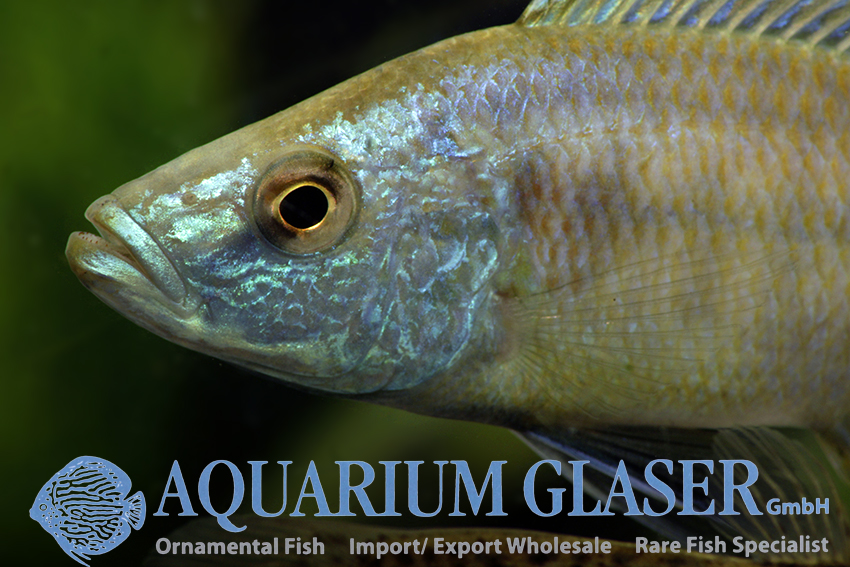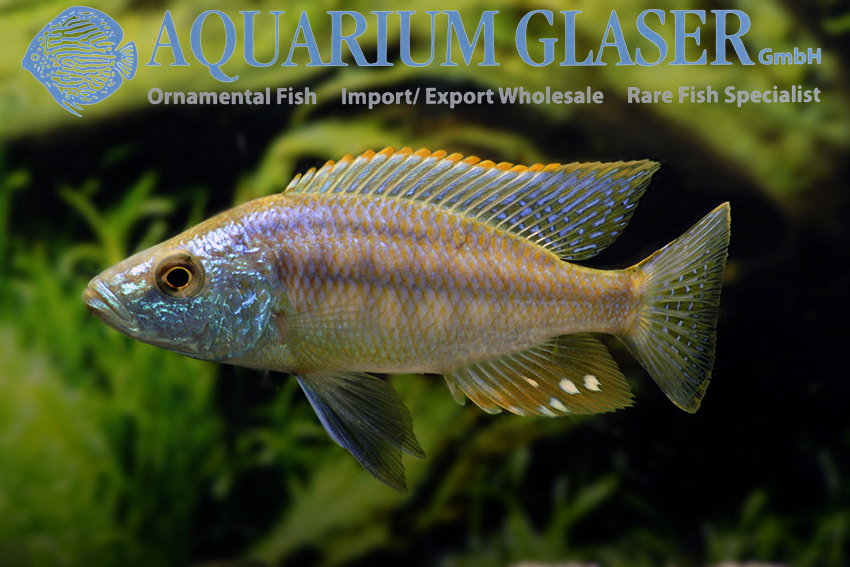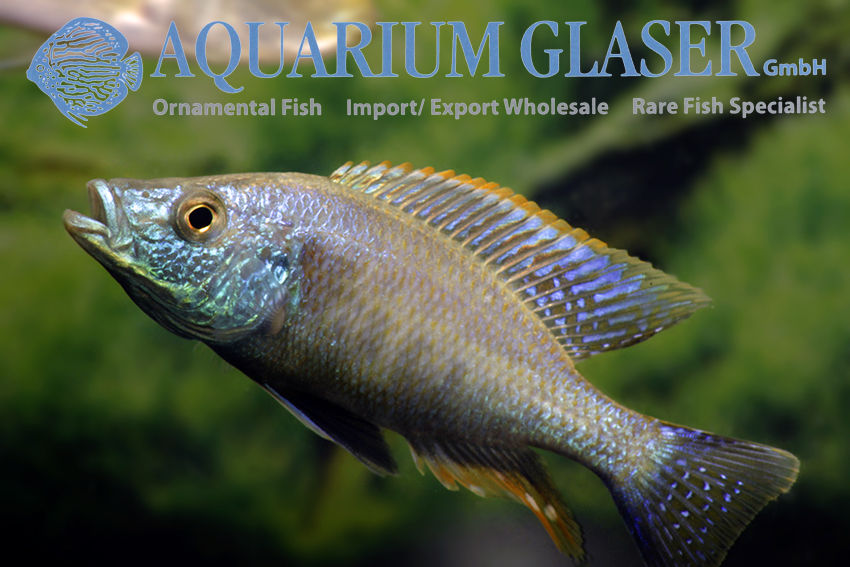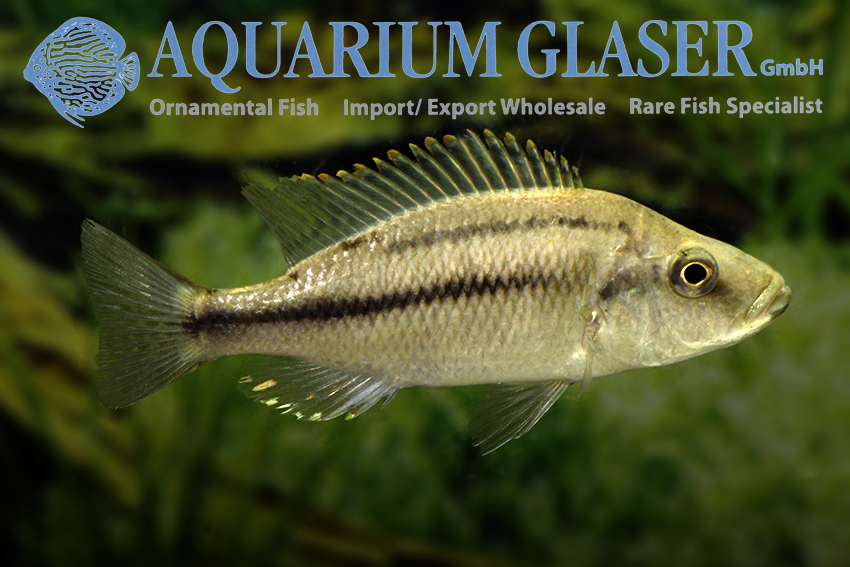It is hard to understand why such a well-defined and unique species has not yet been scientifically described, although the animals have been kept and bred in the aquarium for decades. And yet it is; “Acei” is a pure popular name and not a scientific name. The species can be found in several different coloured populations in Lake Malawi. In contrast to many other species of the Pseudotropheus relationship it is not a rock dweller (“Mbuna”), but the fish are specialized in sandy areas, where they are mainly found where trees or branches have fallen into the water near the shore. There these animals, which do not form any territories in nature, graze in troops (usually three to ten animals, but there are also populations which form swarms with several hundred individuals), the Aufwuchs from the branches. In the „Acei“ males and females are colored to a large extent equally. In the nature, these fish usually don’t become longer than 12 cm, rather rarely up to 14 cm (males) or 12 cm (females), in the aquarium, however, they can become almost 18 cm long because of the essentially more substantial food and the at least 3-4 times so long life span (compared with wild animals).
In the hobby currently most widespread is the yellow finned local form, which occurs e.g. near Msuli; this is also the variant, which we currently have in the stock.
For our customers: the animals have code 568204 on our stocklist. Please note that we supply exclusively to wholesalers.





